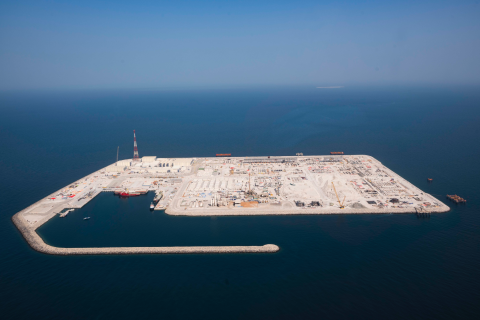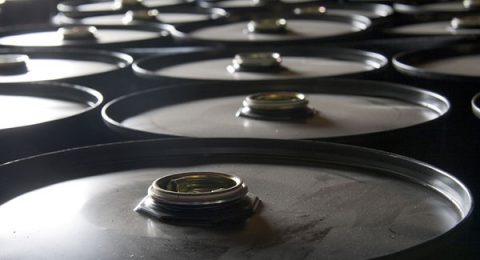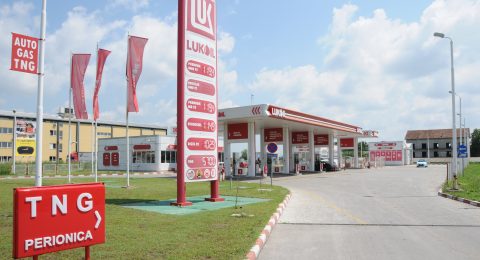In the shadow of the global oil crisis and the high prices and demand, oil producers are scrambling for new and innovative technologies to increase production and overcome this challenge. Artificial lift is one of the most important methods used to withdraw oil from wells and its developed technologies help in increasing production.
Artificial Lift Technique
According to an article published by the E-education institute, artificial lift is an impact oil recovery (IOR) technology used to lift the fluids in the reservoir once they enter the well. In the early life of the well, the fluid can be pushed up the well to the surface easily due to the great enough natural pressure. This process is known as natural lift. The article stated that when the pressure is reduced from the reservoir because of the oil and gas withdrawal, the reservoir will not be able to push up the fluids.
At this stage, the operators can resort to artificial lift technology to keep the well’s flow as well as increase production. Studies have found that 50% of the wells in the world need an artificial lift. By increasing pressure, this technology helps to push up the oil from the well using either mechanical or technical devices. To summarize, the aims of artificial lifts include increasing production, increasing reservoir pressure, and extending the production life of the well.
There are several artificial lift methods in the oil industry. An article published by the Journal of Petroleum Technology (JPT) explained that the used method is selected according to four main considerations. These considerations are technical characteristics that involve surface and infrastructure, drilling, reservoir, geological, geophysical, and economic considerations.
Artificial Lift Methods
The Electrical Submersible Pump (ESP) is more suitable for wells with low bottom hole pressure (BHP), low gas/oil ratios, low bubble point, high water cut, or low API gravity fluids. An article published by Estis compression mentioned that the main schematic of this technique involves a motor coupled to a pump body that is hermetically sealed. The entire unit is submerged in the oil, connected to power supplies and operator controls via a series of submersible cables.
The Hydraulic Lift is another method used to increase production through a surface pump that put pressure on the well fluid. It consists of the surface high-pressure injection pump and pipeline, injection tubing, downhole assembly, and positive displace or jet pump. The hydraulic lift well has its wellhead connected to the power fluid manifold.
The Rod Lift is another popular artificial lift method. It can drill deeply to produce from wells with low bottom hole flowing pressures and it is suitable for very low pump intake pressures. So this method is desirable during the last stage of production. This method provides high system efficiency, positive displacement, optimized controls, and flexibility.
The Plunger lift is used in low-volume wells with production rates that are around 200 barrels per day (b/d). This method works by creating differential pressure so it can push up the fluids. This method is cost-effective. According to the article published in “what is piping,” this type of lift monitors the valve opening and fluid lifting. So when the tubing is closed, the fluids flow stops then the plunger goes down to the bottom of the well and liquid accumulates on top.
The Gas Lift method is pushing the product to the surface by injecting gas into the reservoir. It is suitable for low productivity, high-gas/oil ratio wells, or deviated wellbores.
The Jet Pump is a low-cost method compared to other methods. According to an article published by “The Way Ahead”, as the volume, size, depth, and deviation of producing wells continue to increase, the jet pump installations continue to increase too. It is a very successful method for depths ranging from 500 feet to 19,000 feet and production rates varying from less than 100 b/d to 20,000 b/d.
Technological Applications
Start Us Insights has presented five top artificial lift solutions that positively affect the oil and gas industry, after analyzing 84 different solutions. First is Valiant’s ESP solutions, which enable operators to achieve production targets safely and efficiently. Second is Gelois’ Electro Centrifugal pumping, which provided a positive displacement pump, handling temperatures up to 120 degrees centigrade, and oil density greater than 8 API, the American Petroleum Institute’s crude density index. Third is UPwing Energy’s permanent magnet, which is installed in the subsurface compressor system allowing for an increase in natural gas production and keeping the motor system isolated from the downhole environment. Fourth, Well Sense developed the gas lift method by using fiber optic sensing. Fifth is rod pump solutions, which are developed by ChampionX. These solutions have separators to protect them from gas and high-solid particles in the downhole environment. All of that is good evidence of the importance of applying new technologies and their key role to increase oil and gas production.








